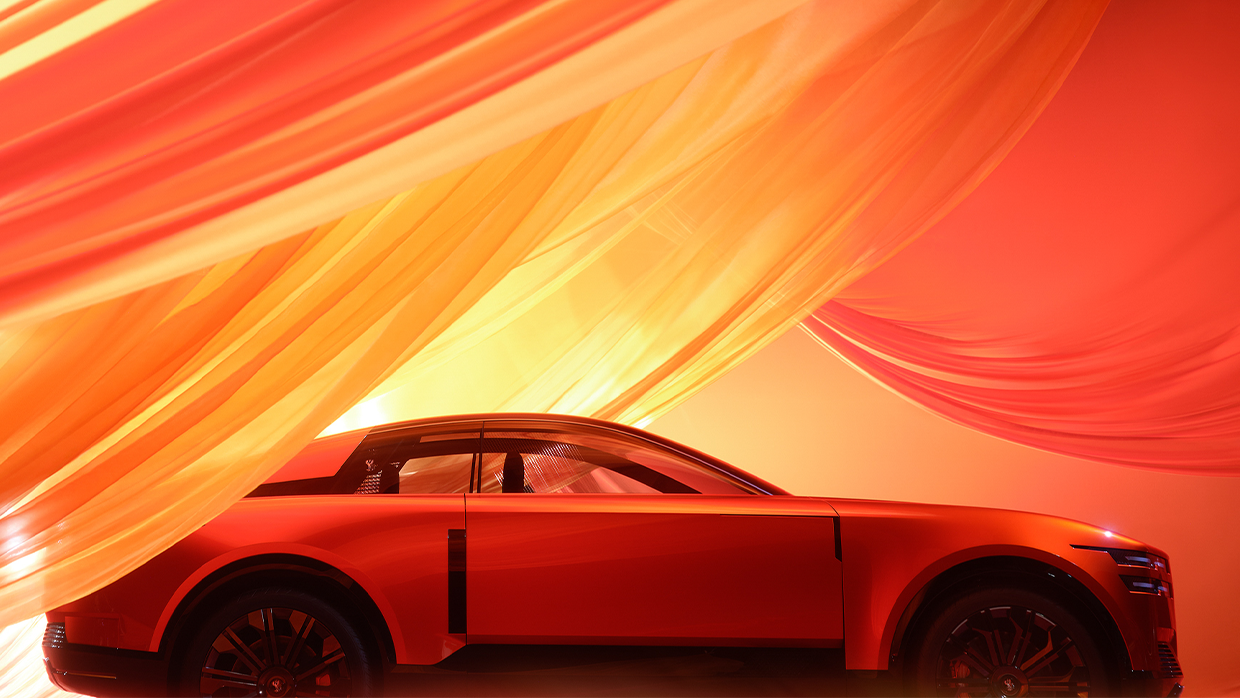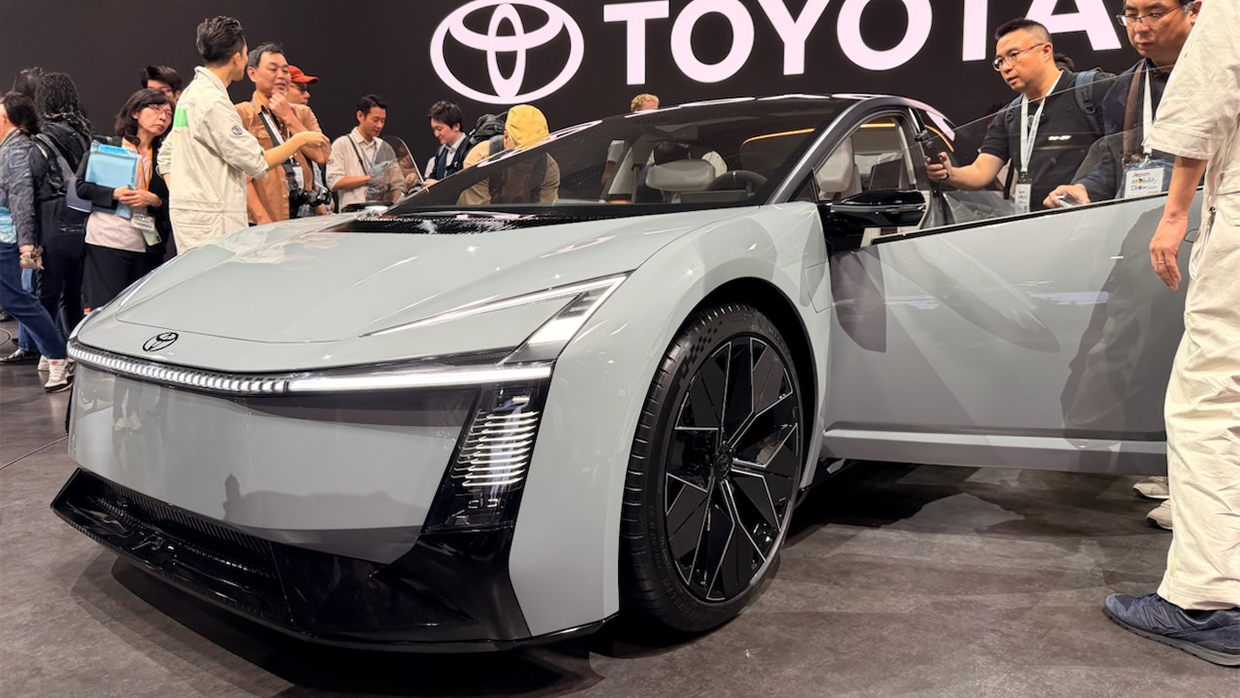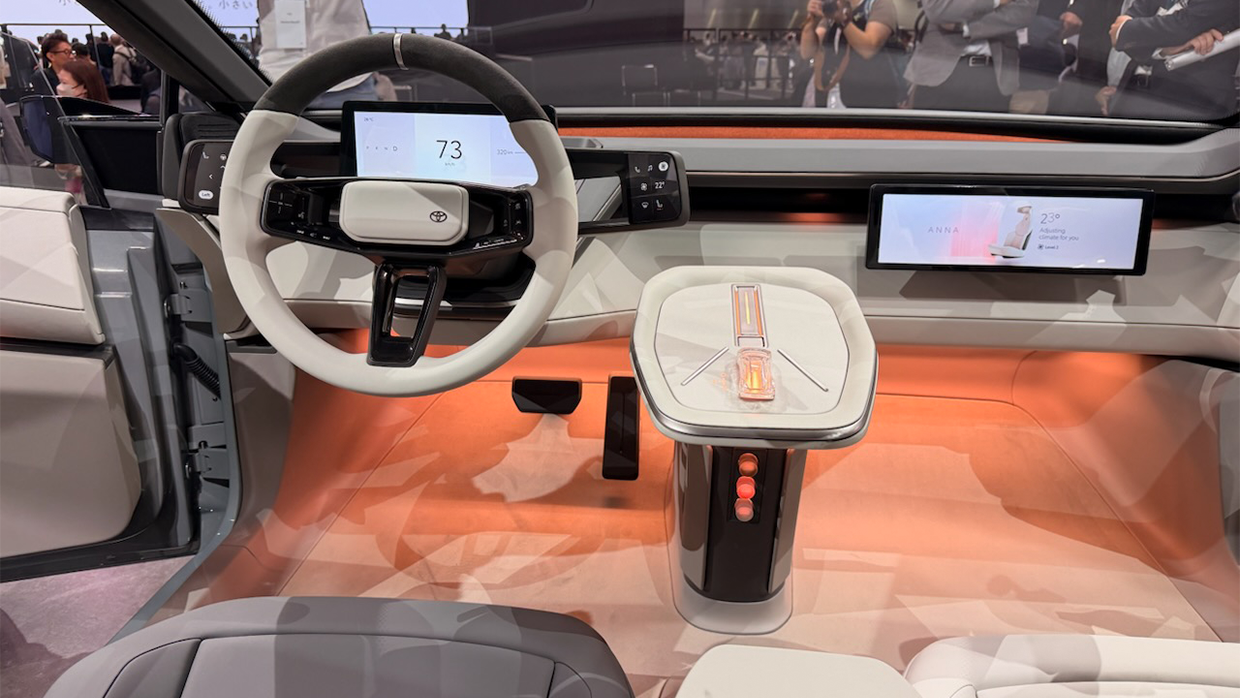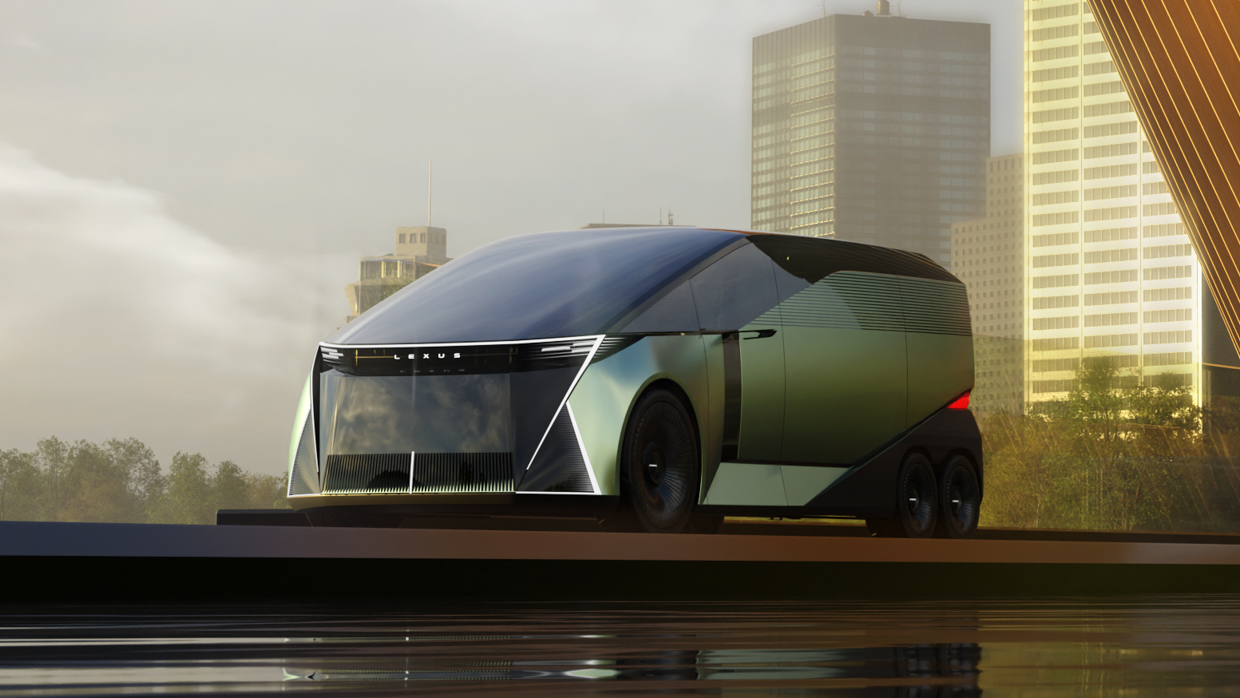-
Car Reviews
- Car News
-
Car Comparisons
Latest comparisons
- Chasing Deals
Fewer distractions, a focus on important driving data, and cleaner and more minimal interior design will inform future Toyota group cabin technology
Toyota used this year’s Japan Mobility Show to present overhauled interior technology concepts that are set to filter through new models for Toyota, Lexus and Century.
The interiors of the Toyota Corolla Concept, Lexus LS and Sport Coupe showcars and even the Century Coupe study all have one thing in common: fewer screens.
Speaking with Chasing Cars, president of Toyota’s CALTY Design Research studio Ian Cartabiano said the concepts deliberately move away from what he sees as the industry trend of more and more screens.
“I hate clutter, and we are trying to simplify the interior design,” said Cartabiano — who as head of the California design studio is one of the brand’s most senior designers.
“I really love the contrast. I think it is very different to a lot of trends you are seeing today where there are screens everywhere.”
While various degrees of luxury separate the circa-$40,000 Corolla from the circa-$400,000 Century coupe, all of the concepts presented by Toyota’s design teams in Tokyo this year eliminate a big, central infotainment screen.
Concept cars play an important role in foreshadowing future production design decisions of a car company.
The Corolla Concept, previewing a 2027 release of the 13th-generation small car, utilises a reasonably-sized digital instrument cluster mounted to the column of the round steering wheel.
Fixed shortcut stalks extend from the Corolla’s driver display, while a separate passenger display can cast media and navigation graphics to someone riding shotgun — but when the passenger screen isn’t needed, it neatly folds away.
“The trick is to find a way to simplify and declutter [the interior] but not make it empty, and still give people what they need,” explained Cartabiano.
“The truth is that people have gotten used to [screens]. How do you do it so that they are not everything in the vehicle? That is what we are trying to get to.”
Unusually, three Lexus LS concepts were presented in Tokyo this year, previewing a future Asian-market luxury LS minivan and a Europe-focussed LS coupe-SUV — plus a radical LS Micro autonomous ‘pod’ that can convert its windscreen to…a screen.
The LS van and coupe-SUV interpretations are closer to production, and both use open-face yoke steering controllers with a new vertically double-stacked digital instrument cluster concept.
The LS Coupe (SUV) concept includes a foldaway passenger screen along with displays mounted to the rear of the front seats so that backseat passengers can see a video feed of the road ahead — or projections of those riding up front.
Meanwhile, the LS Sport Concept that previews a sportscar replacement for the Lexus LC includes a curved, multi-screen instrument panel that moves with the yoke alongside a sumptuous mix of materials including fabric and chopped carbon.
As the new top-end brand for Toyota, Century is also set to adopt more minimal cabin technology up front. The Century Coupe Concept presented in Tokyo had, like the Lexus models, a yoke — with three driver screens protruding from it.
Like the LS van, no front-passenger display was visible in the Century Coupe but the foldaway screen concept could be used.
Folding or stowable secondary screens have been a cult feature in the car industry in recent decades.
The previous-generation Audi A3 had a slide up/down central screen, while the pre-facelift version of the W204 Mercedes-Benz C-Class could fully stow its central screen within the dashboard when not needed.
Contemporary Bentley models have a novel flipping central screen which can be stowed in favour of analogue gauges mounted in wood trim.
“I think some people just want a little bit of serenity [and] information [only] when you need it. I’m an old guy, so I still like a knob. I like changing the radio,” said Cartabiano.
What is less clear is how smartphone mirroring systems like Apple CarPlay and Android Auto fit into a cabin ecosystem based mainly around a driver-only display.
The solution may be similar to that of the outgoing Audi TT sportscar, which has no central screen — and instead presents CarPlay as a view within the digital instrument cluster.
Latest news
About Chasing cars
Chasing Cars reviews are 100% independent.
Because we are powered by Budget Direct Insurance, we don’t receive advertising or sales revenue from car manufacturers.
We’re truly independent – giving you Australia’s best car reviews.








